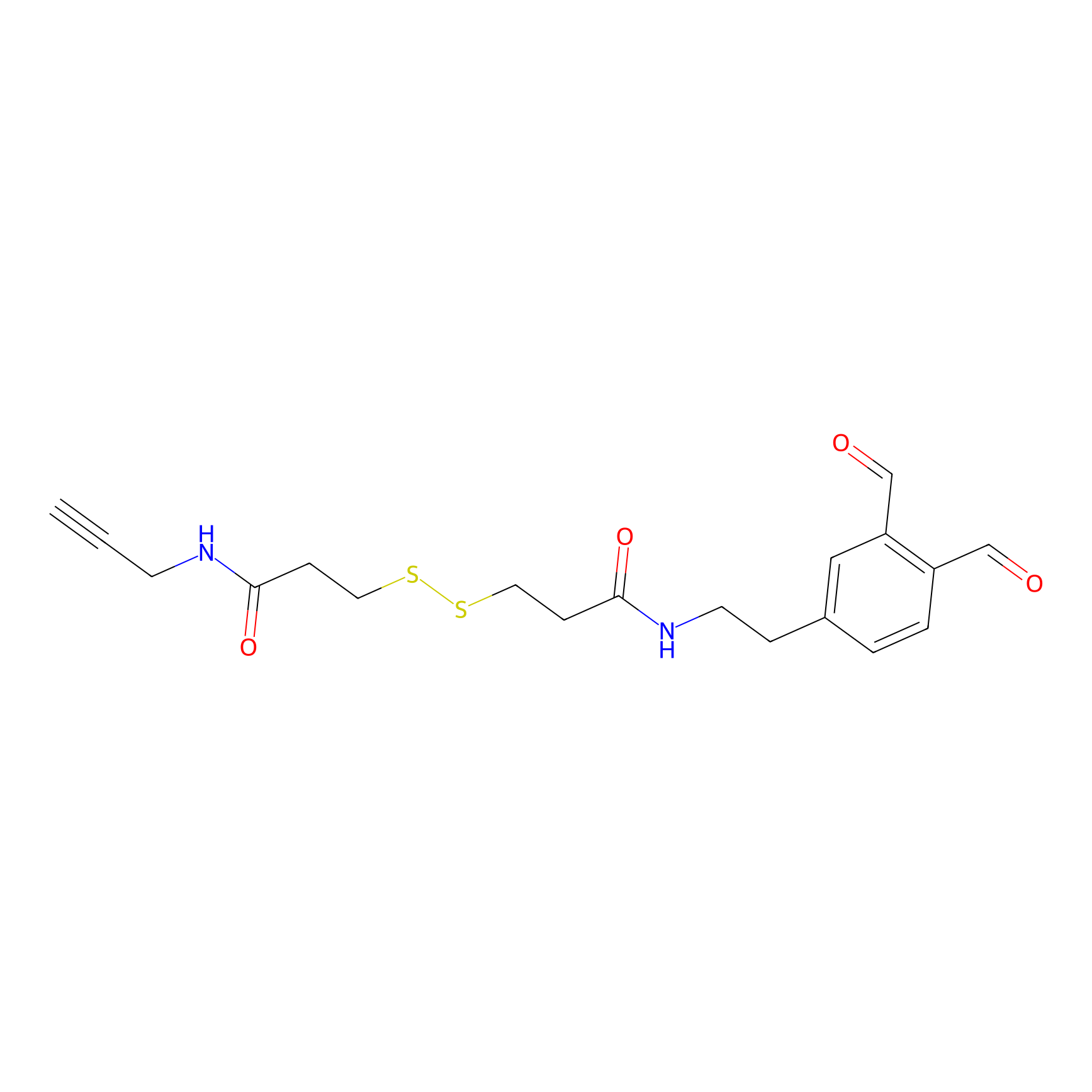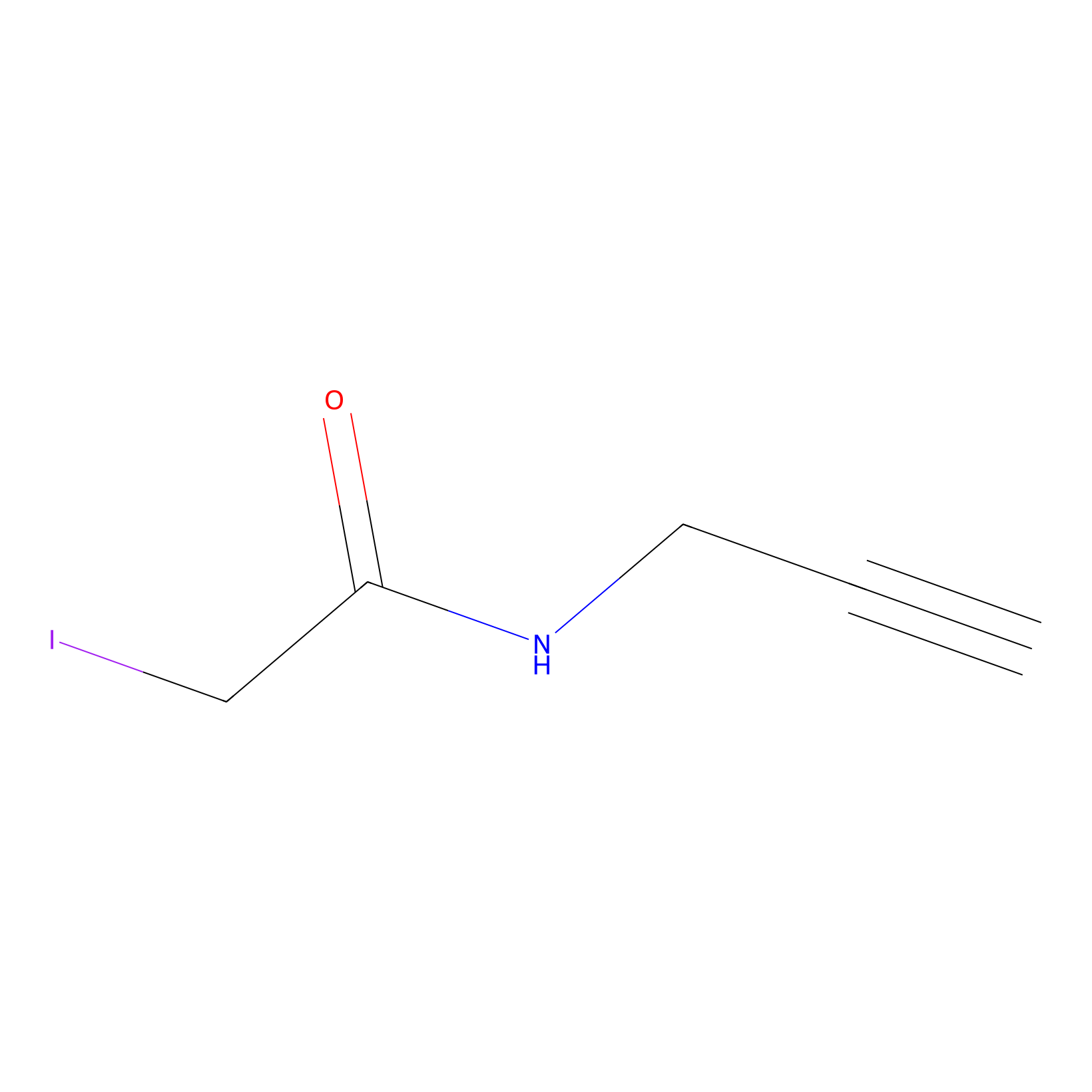Details of the Target
General Information of Target
| Target ID | LDTP04630 | |||||
|---|---|---|---|---|---|---|
| Target Name | Ephrin type-A receptor 5 (EPHA5) | |||||
| Gene Name | EPHA5 | |||||
| Gene ID | 2044 | |||||
| Synonyms |
BSK; EHK1; HEK7; TYRO4; Ephrin type-A receptor 5; EC 2.7.10.1; Brain-specific kinase; EPH homology kinase 1; EHK-1; EPH-like kinase 7; EK7; hEK7 |
|||||
| 3D Structure | ||||||
| Sequence |
MRGSGPRGAGRRRPPSGGGDTPITPASLAGCYSAPRRAPLWTCLLLCAALRTLLASPSNE
VNLLDSRTVMGDLGWIAFPKNGWEEIGEVDENYAPIHTYQVCKVMEQNQNNWLLTSWISN EGASRIFIELKFTLRDCNSLPGGLGTCKETFNMYYFESDDQNGRNIKENQYIKIDTIAAD ESFTELDLGDRVMKLNTEVRDVGPLSKKGFYLAFQDVGACIALVSVRVYYKKCPSVVRHL AVFPDTITGADSSQLLEVSGSCVNHSVTDEPPKMHCSAEGEWLVPIGKCMCKAGYEEKNG TCQVCRPGFFKASPHIQSCGKCPPHSYTHEEASTSCVCEKDYFRRESDPPTMACTRPPSA PRNAISNVNETSVFLEWIPPADTGGRKDVSYYIACKKCNSHAGVCEECGGHVRYLPRQSG LKNTSVMMVDLLAHTNYTFEIEAVNGVSDLSPGARQYVSVNVTTNQAAPSPVTNVKKGKI AKNSISLSWQEPDRPNGIILEYEIKYFEKDQETSYTIIKSKETTITAEGLKPASVYVFQI RARTAAGYGVFSRRFEFETTPVFAASSDQSQIPVIAVSVTVGVILLAVVIGVLLSGSCCE CGCGRASSLCAVAHPSLIWRCGYSKAKQDPEEEKMHFHNGHIKLPGVRTYIDPHTYEDPN QAVHEFAKEIEASCITIERVIGAGEFGEVCSGRLKLPGKRELPVAIKTLKVGYTEKQRRD FLGEASIMGQFDHPNIIHLEGVVTKSKPVMIVTEYMENGSLDTFLKKNDGQFTVIQLVGM LRGISAGMKYLSDMGYVHRDLAARNILINSNLVCKVSDFGLSRVLEDDPEAAYTTRGGKI PIRWTAPEAIAFRKFTSASDVWSYGIVMWEVVSYGERPYWEMTNQDVIKAVEEGYRLPSP MDCPAALYQLMLDCWQKERNSRPKFDEIVNMLDKLIRNPSSLKTLVNASCRVSNLLAEHS PLGSGAYRSVGEWLEAIKMGRYTEIFMENGYSSMDAVAQVTLEDLRRLGVTLVGHQKKIM NSLQEMKVQLVNGMVPL |
|||||
| Target Type |
Literature-reported
|
|||||
| Target Bioclass |
Enzyme
|
|||||
| Family |
Protein kinase superfamily, Tyr protein kinase family, Ephrin receptor subfamily
|
|||||
| Subcellular location |
Cell membrane
|
|||||
| Function |
Receptor tyrosine kinase which binds promiscuously GPI-anchored ephrin-A family ligands residing on adjacent cells, leading to contact-dependent bidirectional signaling into neighboring cells. The signaling pathway downstream of the receptor is referred to as forward signaling while the signaling pathway downstream of the ephrin ligand is referred to as reverse signaling. Among GPI-anchored ephrin-A ligands, EFNA5 most probably constitutes the cognate/functional ligand for EPHA5. Functions as an axon guidance molecule during development and may be involved in the development of the retinotectal, entorhino-hippocampal and hippocamposeptal pathways. Together with EFNA5 plays also a role in synaptic plasticity in adult brain through regulation of synaptogenesis. In addition to its function in the nervous system, the interaction of EPHA5 with EFNA5 mediates communication between pancreatic islet cells to regulate glucose-stimulated insulin secretion.
|
|||||
| TTD ID | ||||||
| Uniprot ID | ||||||
| DrugMap ID | ||||||
| Ensemble ID | ||||||
| HGNC ID | ||||||
| ChEMBL ID | ||||||
Probe(s) Labeling This Target
ABPP Probe
| Probe name | Structure | Binding Site(Ratio) | Interaction ID | Ref | |
|---|---|---|---|---|---|
|
OPA-S-S-alkyne Probe Info |
 |
K194(2.40) | LDD3494 | [1] | |
|
DBIA Probe Info |
 |
C319(2.72) | LDD3373 | [2] | |
|
IPM Probe Info |
 |
C950(0.00); C674(0.00) | LDD0147 | [3] | |
Competitor(s) Related to This Target
The Interaction Atlas With This Target
References
